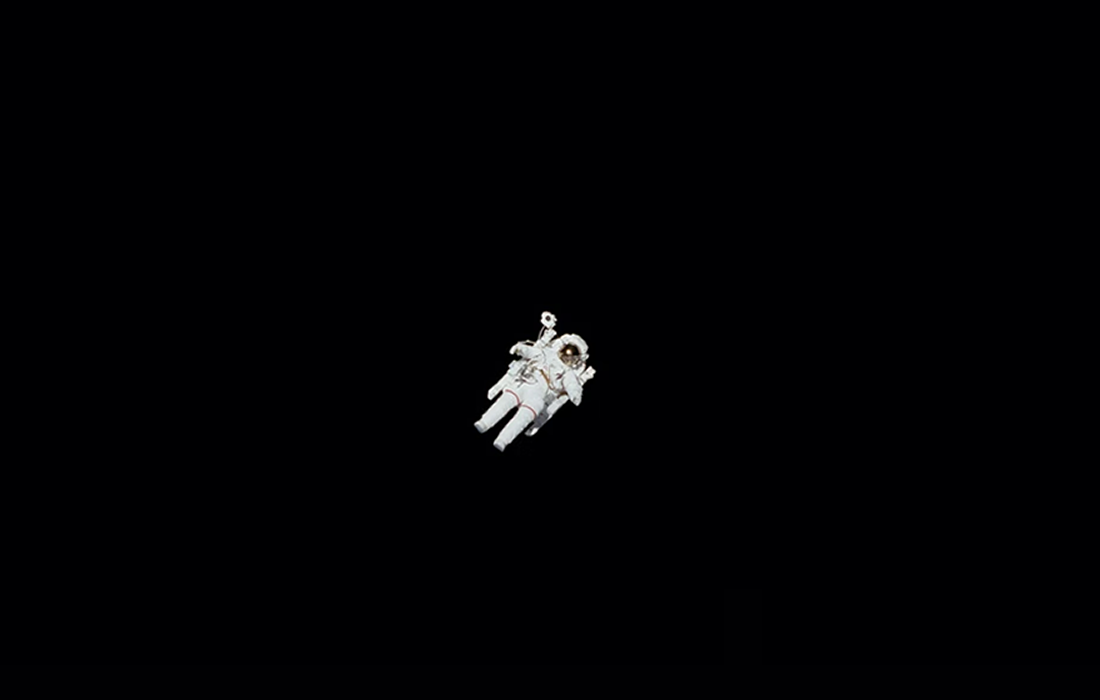Regenerative Medicine News and General Information
New Study Showed that 6 Months of Space Leads to a Decade’s Worth of Long-term Bone Loss
The detrimental effect of spaceflight on skeletal muscle can be profound. Decreases in mechanical loading in microgravity cause substantial loss of bone mineral density (BMD) and strength, and the deterioration of trabecular microarchitecture.
Studies have highlighted an altered bone metabolism during spaceflight. They have found increased bone resorption biomarkers and lag of bone formation biomarkers, resulting in net bone loss.
Recently, a group of researchers examined the bone strength, density, and microarchitecture in a group of astronauts after prolonged space flights to understand the long-term skeletal health risks. The results appear in the journal Scientific Reports.
Irreversible Bone Damage
For the study, the team included a total of 17 astronauts, 13 males and 3 females with a mean age at launch of 46.9 years, height of 177.7 cm, and body mass of 79.1 kg. Their missions ranged from 4 to 7 months in duration with 8 of them having missions longer than 6 months.
High resolution peripheral quantitative computed tomography, which can measure 3-D bone microarchitecture was used to image the bone structure of the tibia in the lower leg and the radius in the lower arm, and evaluated them before spaceflight, when the astronauts returned from space, and then 6 months and 1 year later.
The researchers found that one year after returning from long-duration spaceflight, most astronauts demonstrated incomplete recovery of bone density, strength, and trabecular thickness at the weight-bearing distal tibia.
The findings indicate that microgravity induces irreversible damage to bone strength, density, and trabecular bone microarchitecture, and while some bone recovers after spaceflight, sustained losses represent at least a decade of normal age-related bone loss, potentially advancing the onset of osteoporosis.
Future studies are needed to optimize countermeasures for mitigating bone loss on long-duration flights, especially because they are becoming more common.
Source:
Gabel, L., Liphardt, AM., Hulme, P.A. et al. Incomplete recovery of bone strength and trabecular microarchitecture at the distal tibia 1 year after return from long duration spaceflight. Sci Rep 12, 9446 (2022). https://doi.org/10.1038/s41598-022-13461-1
Image from:

